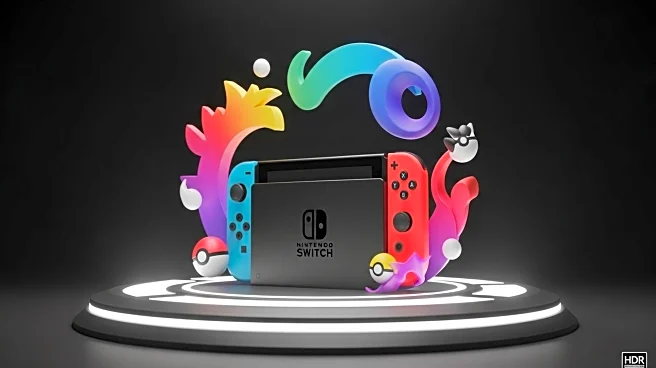What's Happening?
Netflix has announced its first slate of games designed for TV, aiming to expand its presence in the gaming market. The games, including Boggle Party, Pictionary: Game Night, Lego Party, Tetris Time Warp, and Party Crashers: Fool Your Friends, are intended for multiplayer use in the same room, utilizing smartphones as controllers. This initiative is part of Netflix's strategy to offer more interactive content and retain subscribers by providing additional entertainment options. The announcement was made by co-Chief Executive Greg Peters at a media conference, highlighting the potential for Netflix to capture a share of the gaming industry's substantial revenue.
Why It's Important?
This development is significant as it represents Netflix's efforts to diversify its offerings and compete in the gaming sector, which is a rapidly growing market. By integrating games into its platform, Netflix can enhance user engagement and provide more value to its subscribers, potentially increasing retention rates. The move also reflects a broader trend of streaming services exploring interactive content to differentiate themselves in a competitive landscape. Success in this area could lead to new revenue streams and partnerships with game developers, further solidifying Netflix's position as a leading entertainment provider.
What's Next?
Netflix plans to roll out these games in the U.S. before the holiday season, with potential expansion to other regions. The company will likely assess user feedback and engagement to refine its gaming offerings and explore additional titles. As Netflix continues to innovate in the gaming space, it may seek collaborations with game developers to expand its library and enhance the gaming experience for subscribers. The success of this initiative could influence Netflix's future content strategy and its approach to interactive entertainment.
Beyond the Headlines
The introduction of TV games by Netflix could have broader implications for the streaming industry, potentially encouraging other platforms to explore similar interactive content offerings. This shift may also impact the gaming industry, as streaming services become new distribution channels for games, altering traditional gaming consumption patterns.










